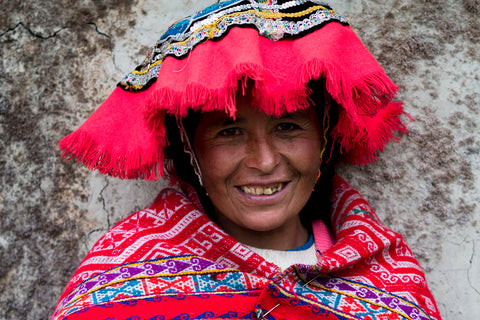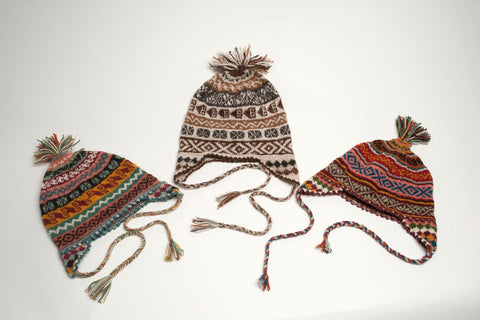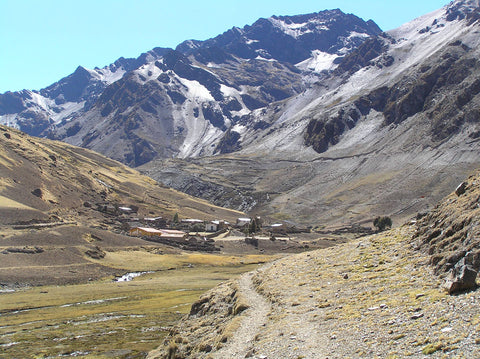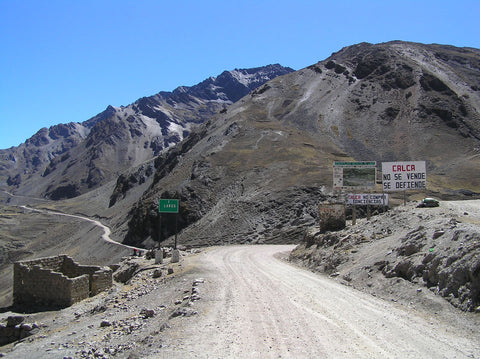Pitukiska is another of the communities that I first connected with as a volunteer for Q’ente. I remember the first time I travelled to Pitukiska, in 2010. Back then, the routine was to drive from Cusco to Calca – about an hour by public transit – and stay overnight in that town. Calca is probably my favourite town in the Sacred Valley: a little off the beaten track, its adjoining plazas in the heart of town are a jewel to behold with its lush palm trees and impressive colonial era church, all embraced by the rolling mountain peaks that rise up on either side of the Valley.
The next morning, we would wake up at 4:30 am and head to the road by the market where the trucks heading to Amparaes waited until they filled up. These trucks only ran on certain days, which seemed to change from week to week, so you really had to keep up with the news. Resembling cattle trucks, the bed has high, slatted wooden sides; sometimes there would be a tarp that could be used to cover it in the event of rain. Into this bed the driver would pile sacks of sugar, potatoes, chickens, and people – we definitely got cozy with each other on those trips!
We would leave anytime between 5 and 7:30 am, depending on how long it took to fill up with passengers, and the driver’s discretion. Back then, the road up to Amparaes from Calca was not paved – they started paving it in 2012, and now only certain section remain gravel. The journey was long and winding. From Amparaes, you could walk 4 hours up the mountainside along the road to the “abra”, the highest part, from where the descent into Pitukiska starts. If you were lucky, the truck would go all the way to the abra, or even as far as Parobamba, from where the hike was much easier.
On that first trip, we were lucky enough to catch a truck going all the way to Parobamba. We had business there, too, and so stayed overnight in that community. The next day, we started the hike to Pitukiska – 3 hours, first up and over one ridge, down into a valley, and then over another! Just before you reach the peak of that second ridge to begin the walk down into Pitukiska, you hit a town called Yoracturuyoc. That’s where the school is, and where the children from Pitukiska walk to and from every day.

Dana and I repeated that journey last year. It was an interesting journey for me, trying to feel my way along a path I hadn’t walked in 5 years! Just as we were passing through Yoracturuyoc, heading into that final ascent, one of the weavers came running up to us. “Is there a meeting today?!” she asked, excitedly. We told her there was.
We enjoyed the afternoon with the group of weavers who gathered, intermittently playing with Melchor’s son, David, who I’ve watched grow up over the years. We distributed the orders we had, and talked about the future and how they would work together so that the less experienced weavers could learn from the more advanced.
Dana and I spent what I’m pretty sure was the coldest night we’ve ever experienced, but we both look forward to the next time we get to travel to Pitukiska – one of the most majestic landscapes and friendliest communities I’ve come to know in the Andes.

Today, the weavers in Pitukiska produce the OCONGATE and PITUKISKA hats, as well as the AWAQ shoulder bags – amazing feats of technical ingenuity!


